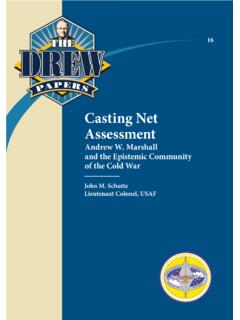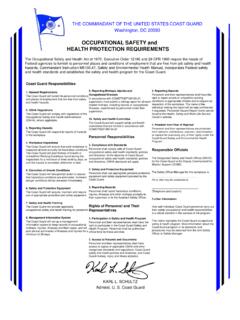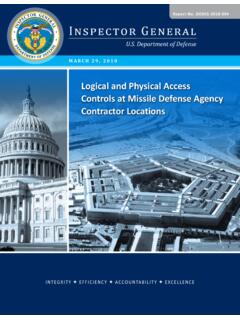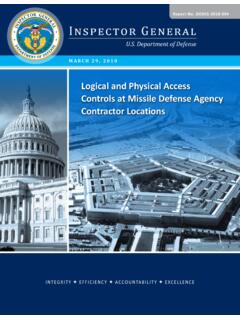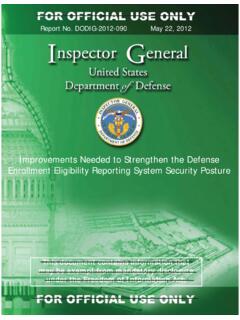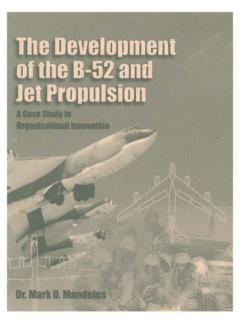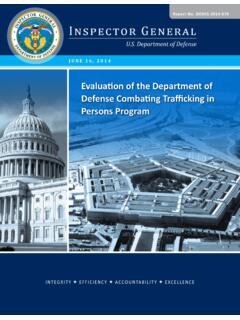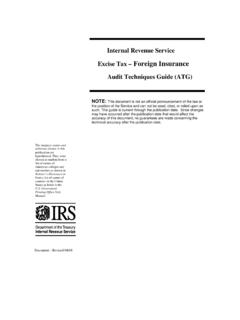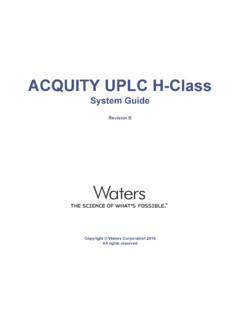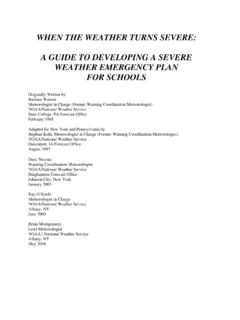Transcription of Report to Congress Department of Defense Arctic Strategy
1 Report to Congress Department of Defense Arctic Strategy June 2019. Office of the Under Secretary of Defense for Policy As required by Section 1071 of the John S. McCain National Defense Authorization Act for Fiscal Year 2019 ( 115-232). The estimated cost of this Report or study for the Department of Defense is approximately $73,000 for the 2019 Fiscal Year. This includes $0 in expenses and $73,000 in DoD labor. Generated on 2019 May29 RefID: 0-5064821. EXECUTIVE SUMMARY. The 2019 Department of Defense (DoD) Arctic Strategy updates the previous 2016 DoD Arctic Strategy as requested by Section 1071 of the John S. McCain National Defense Authorization Act for fiscal year (FY) 2019.
2 This update includes a classified annex. Specifically, the 2019 DoD Arctic Strategy updates DoD's strategic objectives for the Arctic region, in light of DoD's renewed assessment of the evolving Arctic security environment and the release of the 2018 National Defense Strategy (NDS). Anchored in NDS goals and priorities, this updated Arctic Strategy outlines DoD's strategic approach for protecting national security interests in the Arctic in an era of strategic competition. DoD's desired end-state for the Arctic is a secure and stable region in which national security interests are safeguarded, the homeland is defended, and nations work cooperatively to address shared challenges.
3 Protecting national security interests in the Arctic will require the Joint Force to sustain its competitive military advantages in the Indo- Pacific and Europe, identified in the NDS as key regions of strategic competition, and to maintain a credible deterrent for the Arctic region. DoD must be able to quickly identify threats in the Arctic , respond promptly and effectively to those threats, and shape the security environment to mitigate the prospect of those threats in the future. The 2019 DoD Arctic Strategy outlines three strategic ways in support of the desired Arctic end-state: Building Arctic awareness;. Enhancing Arctic operations; and, Strengthening the rules-based order in the Arctic .
4 1. 2019 DoD Arctic Strategy Introduction This document articulates the Department of Defense 's (DoD) Strategy for the Arctic region in an era of strategic competition. 1 It is informed by the 2017 National Security Strategy and anchored in the priorities of the 2018 National Defense Strategy (NDS) and its focus on competition with China and Russia as the principal challenge to long-term security and prosperity. This Strategy supersedes the 2016 DoD Arctic Strategy . DoD's desired end-state for the Arctic is a secure and stable region where national interests are safeguarded, the homeland is defended, and nations work cooperatively to address shared challenges.
5 This Strategy sets forth DoD's assessment of the Arctic security environment, risks posed to national security interests, DoD Arctic objectives, and the strategic approach by which DoD will achieve these objectives. A secure and stable Arctic region benefits the united states and necessitates a rules- based order, reflecting Arctic nations' respect for national sovereignty and constructive engagement to address shared challenges. The network of allies and partners with shared national interests in this rules-based order is the united states ' greatest strategic advantage in the Arctic region, and thus the cornerstone of DoD's Arctic Strategy . DoD cooperation with Arctic allies and partners strengthens our shared approach to regional security and helps deter strategic competitors from seeking to unilaterally change the existing rules-based order.
6 NDS goals and priorities guide DoD's strategic approach to the Arctic . The Joint Force must be able to deter, and if necessary, defeat great power aggression. DoD must prioritize efforts to address the central problem the NDS identifies , the Joint Force's eroding competitive edge against China and Russia, and the NDS imperative to ensure favorable regional balances of power in the Indo-Pacific and Europe. Developing a more lethal, resilient, agile, and ready Joint Force will ensure that our military sustains its competitive advantages, not only for these key regions of strategic competition, but globally as well. Maintaining a credible deterrent for the Arctic region requires DoD to understand and shape the Arctic 's geo-strategic landscape for future operations and to respond effectively to contingencies in the Arctic region, both independently and in cooperation with others.
7 DoD's strategic approach seeks to do so by implementing three ways in support of the desired Arctic end-state (each described in detail in this document): Building Arctic awareness;. Enhancing Arctic operations; and Strengthening the rules-based order in the Arctic . 1. This DoD Arctic Strategy uses the definition of the Arctic codified at 15 4111. The Arctic means all and foreign territory north of the Arctic Circle and all territory north and west of the boundary formed by the Porcupine, Yukon, and Kuskokwim Rivers; all contiguous seas, including the Arctic Ocean and the Beaufort, Bering, and Chukchi Seas; and the Aleutian islands chain. 2. Assessment of Arctic Security Environment The united states is an Arctic nation.
8 The Arctic security environment has direct implications for national security interests. Geographically, the Arctic comprises the northern approaches of the united states and represents a potential vector both for attacks on the homeland and for power projection. Approaches to the Arctic Ocean to both the east and west of the united states form strategic corridors for maritime traffic. Arctic sea routes transit through the Bering Strait between the united states and Russia, while the Greenland, Iceland, united Kingdom Norwegian (GIUK-N) gap is a strategic corridor for naval operations between the Arctic and the North Atlantic. The Arctic region is comprised of the eight nations with sovereign territory in the Arctic , 2.
9 Including multiple allies and partners. The united states does not recognize any other claims to Arctic status by any State other than these eight nations. The united states maintains strong Defense relationships with six of the seven other Arctic nations. Four are NATO Allies: Canada, the Kingdom of Denmark (including Greenland), Iceland, and Norway; and two are NATO Enhanced Opportunities Partners: Finland and Sweden. They are highly capable, with immense experience in high latitude operational environments. The Arctic security environment is complex. Many positive, cooperative trends endure in the region. At the same time, the region is increasingly uncertain, with a deepening and intensifying of certain problematic strategic trends.
10 Although the immediate prospect of conflict in the Arctic is low, these trends could adversely affect national security interests, promote instability, and ultimately degrade security in the region. Key dynamics include: Changing Physical Environment: The Arctic 's physical environment continues to change, including through diminished sea ice coverage, declining snow cover, and melting ice sheets. 3. Temperatures across the Arctic region are increasing more than twice as fast as global average temperatures, accompanied by thawing permafrost and loss of sea ice and glacier mass. 4. Diminishing Arctic sea ice is opening new shipping lanes and increasing access to natural resources during the summer months.



